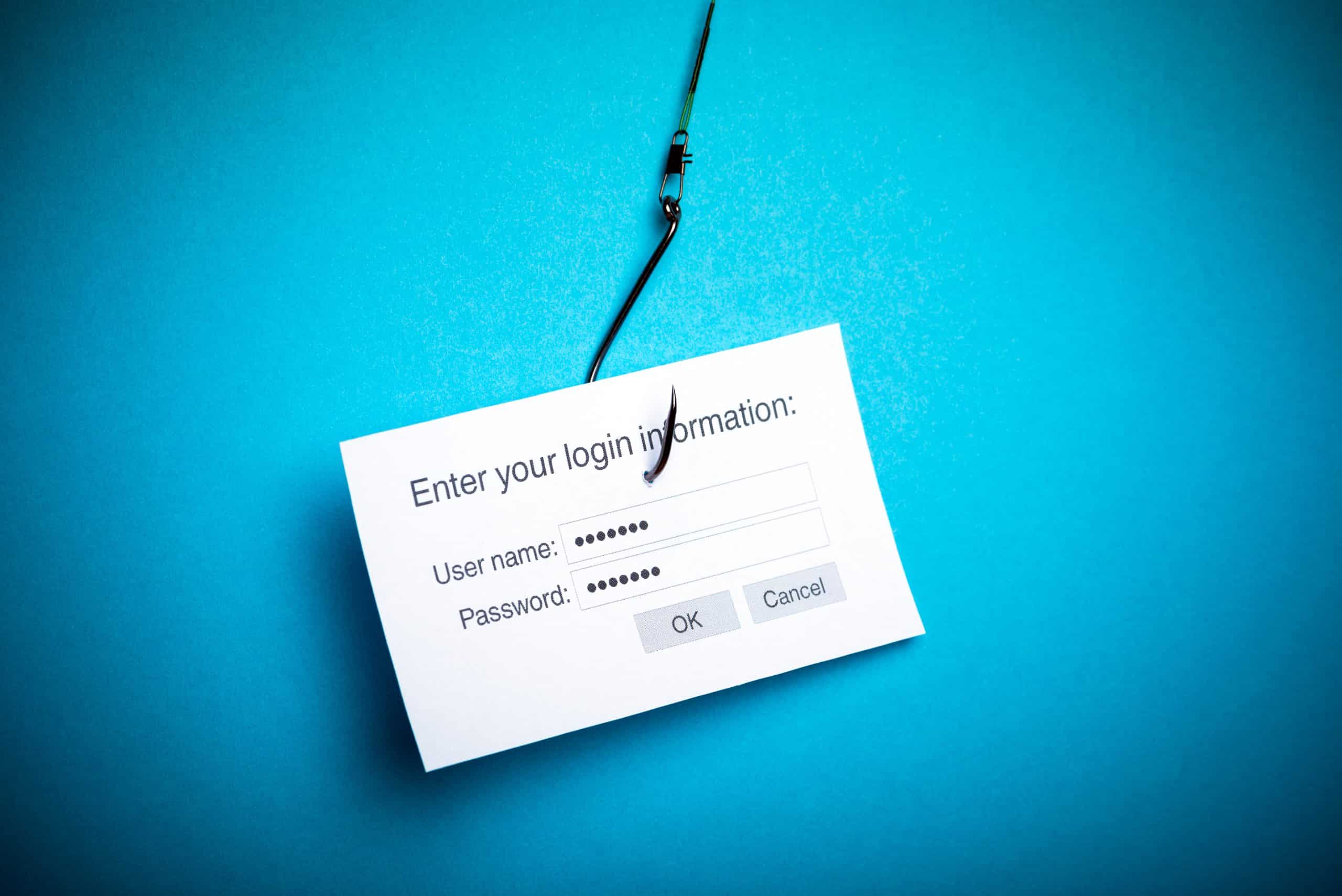In the realm of cybersecurity, the age-old adage “A picture is worth a thousand words” has taken on a devious new meaning. Cyber criminals have cleverly embraced this concept, employing images as a tool to deceive unsuspecting victims. Rather than resorting to the conventional methods of downloading malicious files or clicking suspicious links, they now entice individuals to click on seemingly harmless images. As a business owner, it is crucial to stay informed about the warning signs and take necessary precautions to safeguard your business from these stealthy attacks.
Recognising the Warning Signs
Before delving into protective measures, let’s first identify the red flags that can help you identify image-based phishing campaigns. Familiarising yourself with these warning signs will enable you to stay one step ahead of potential cyber threats.
1. Unexpected Emails
Exercise caution when you receive an email from an unfamiliar source or an unexpected sender. Treat it as you would an offer from a stranger on the street – you can never be certain of their true intentions.
2. Offers Too Good to Be True
Remember the golden rule: if something appears too good to be true, it probably is. If an email promises extraordinary rewards or extravagant gifts in exchange for simply clicking on an image, exercise scepticism and remain vigilant.
3. Spelling and Grammar Mistakes
While everyone is prone to making occasional typographical errors, an email riddled with consistent spelling and grammar mistakes should raise suspicions. Such errors can be indicative of a phishing attempt.
4. Inconsistent Logos or Branding
If an email claims to originate from a reputable company but the logos or branding elements do not align with the established identity, treat it as a potential scam. Cyber criminals often try to emulate well-known brands to deceive unsuspecting recipients.
Now that you are equipped with the knowledge to identify image-based phishing attacks, let’s explore effective strategies to protect your business from falling victim to such schemes.
Safeguarding Your Business: Best Practices
By implementing the following best practices, you can fortify your defences against image-based phishing attacks and safeguard your business from potential cyber threats.
1. Educate Your Employees
Knowledge is a powerful asset in the fight against cybercrime. Ensure that your team is well-informed about the latest phishing tactics and is adept at recognising the warning signs. Conduct regular training sessions and provide educational resources to empower your employees.
2. Maintain Up-to-Date Software
Just as you wouldn’t risk driving a vehicle with worn-out tyres, it is crucial to keep your software up to date. Regularly updating your software helps patch security vulnerabilities that cyber criminals may exploit to gain unauthorised access.
3. Utilise Strong Passwords
Resist the temptation to use easily guessable passwords like “password123” across your various accounts. Instead, opt for strong, unique passwords for each account. Consider employing a reliable password manager to enhance your password security further.
4. Enable Multi-Factor Authentication (MFA)
Adding an extra layer of security through multi-factor authentication (MFA) can significantly reduce the risk of unauthorised access. MFA requires users to verify their identity through an additional method, such as a text message or a fingerprint scan, before gaining access to sensitive information.
5. Regularly Back Up Your Data
To mitigate the impact of a potential data breach or cyber attack, establish a robust backup system for all your important files. By regularly backing up your data, you can avoid the dire consequences of data loss and swiftly restore your operations.
While cyber criminals continue to refine their tactics, there is no cause for panic. By remaining vigilant, familiarising yourself with the warning signs, and implementing proactive security measures, you can stay one step ahead of these digital tricksters. Remember, not everything that glitters is gold – the same holds true for seemingly innocent images. Together, let’s outsmart the scammers and protect our businesses.

